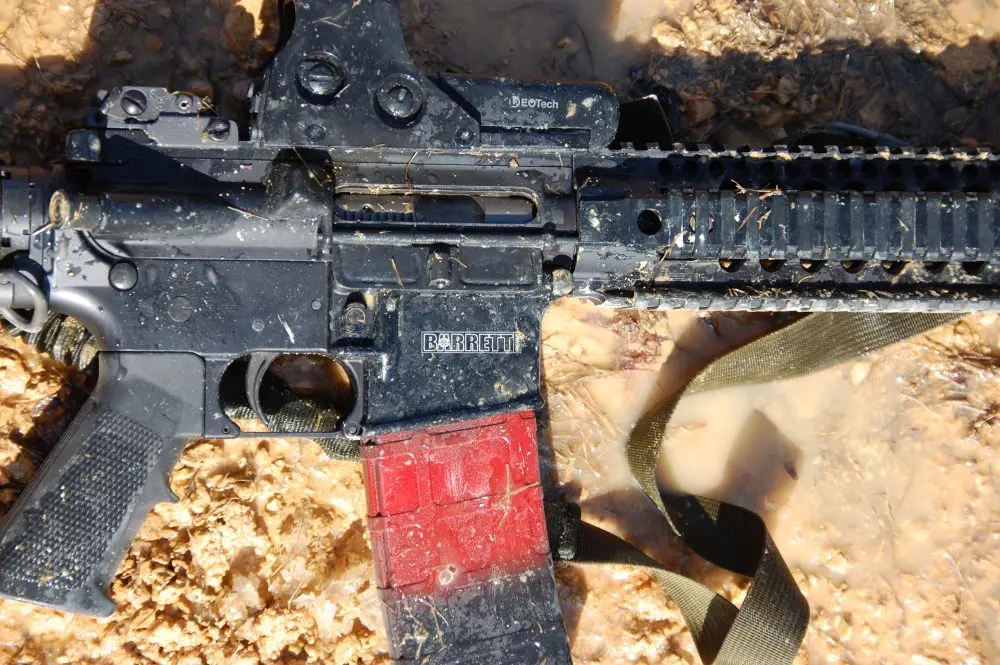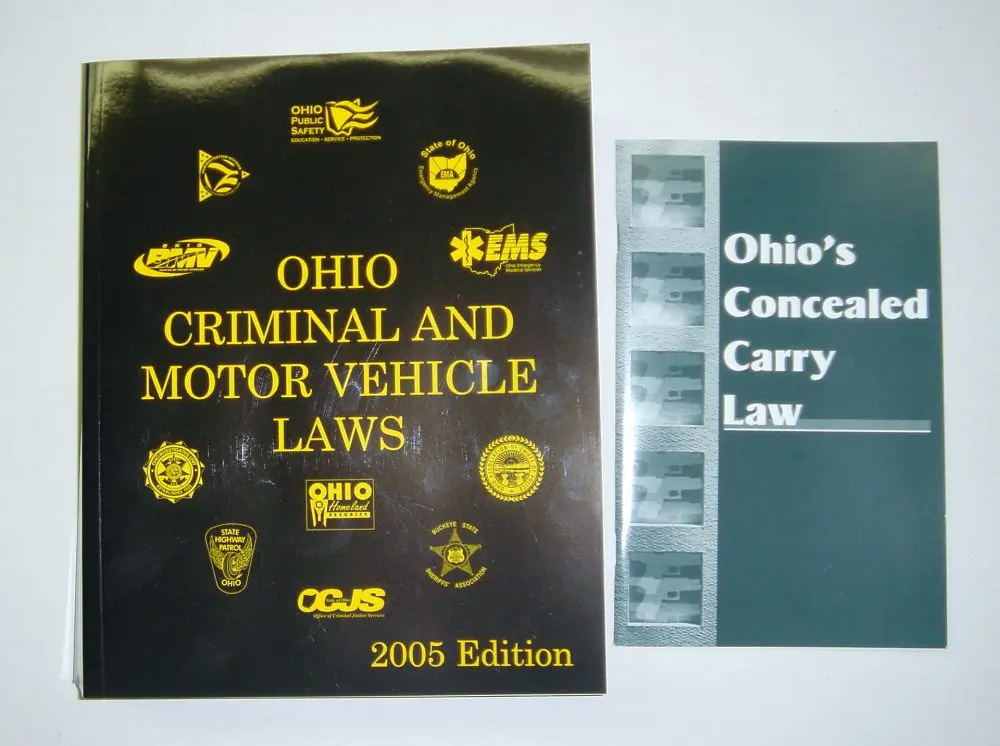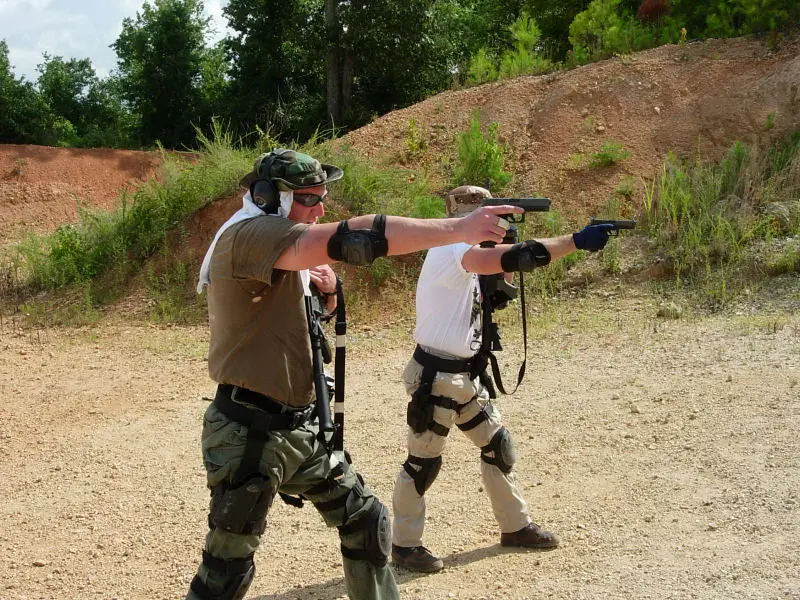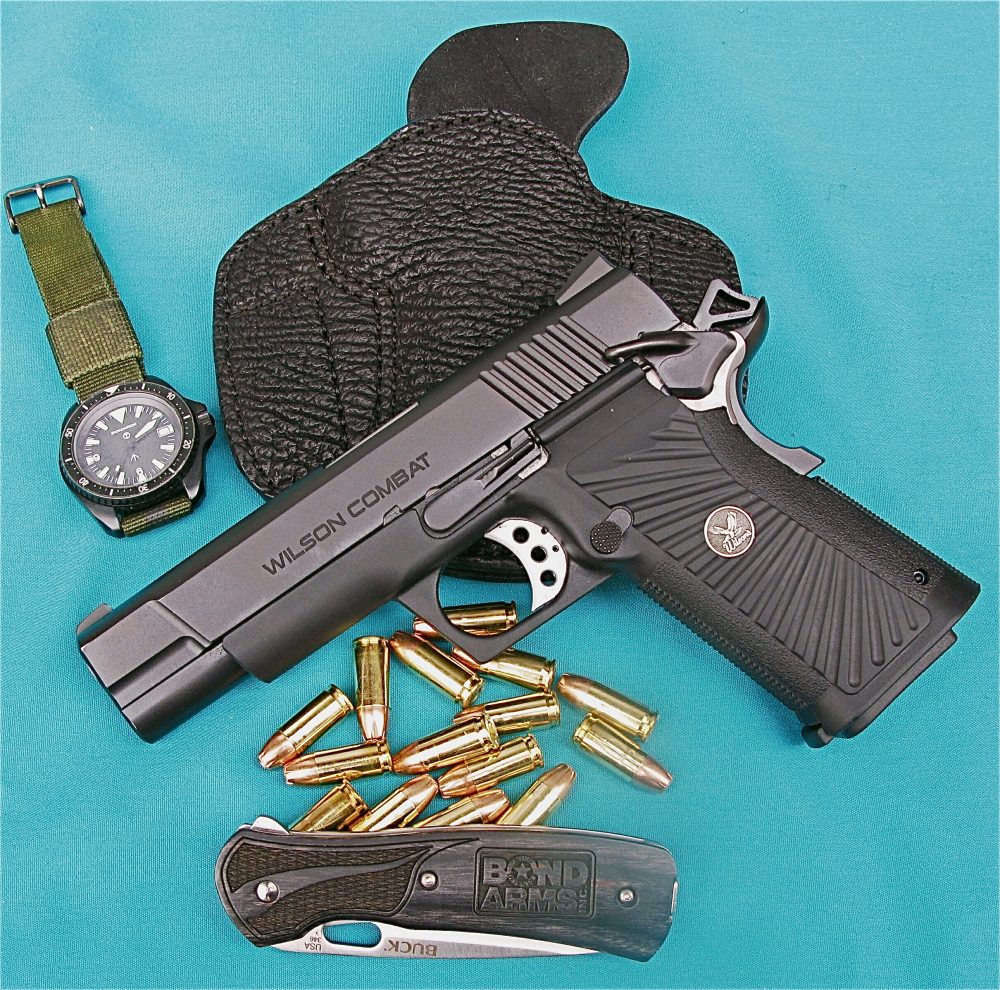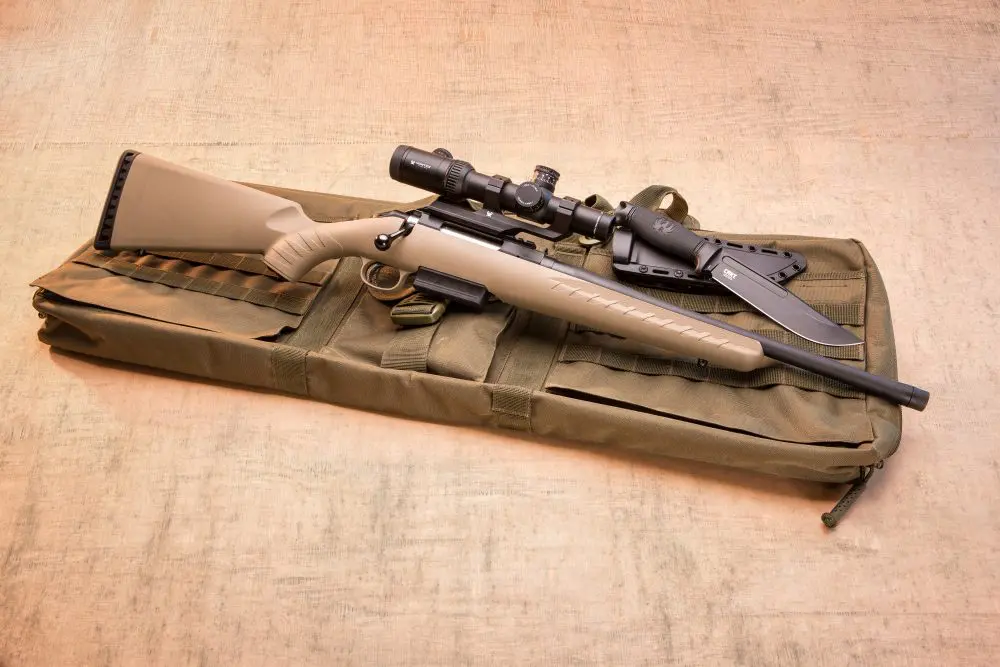The rationale behind a recent growing trend simply escapes me. On a number of OIS cases I’ve worked over the past few years, officers were not carrying back-up guns. I’ve seen this multiple times, not just once or twice.
The excuses may run the gamut: It’s too bulky, too heavy, too uncomfortable, too bothersome, too expensive, too much of a pain in the ass. What might be more uncomfortable, bothersome and a pain in the ass, however, are those nasty little incoming bullet holes, which you cannot prevent when a primary weapon goes down and you have no back-up.
The adage “one is none and two are one” applies here. It’s not for me to lecture these young officers. But one might want to consider the potential downsides to such a shortsighted policy of failing to deploy a back-up.
A primary firearm may fail for one of several reasons. I have personally witnessed every one of the following on the range and some within a field setting.
- A split casing within the chamber will not extract. It will not accept another cartridge and you are FUBAR.
- A broken firing pin will not allow for detonation and you are FUBAR.
- A broken extractor will render you with a single shot capable weapon and will additionally require a rod, pen or pencil to be placed down the barrel from the muzzle side in order to remove a spent casing—FUBAR again.
Then there’s the failure of internal mechanisms, which are too numerous to mention. A broken magazine floorplate might make a rapid southbound departure in the midst of gunplay, and the remaining portion of the magazine will refuse to release.
A magazine that is too forcefully inserted can override the magazine release, lodge solidly and stubbornly, and will require prodigious effort to correct. A broken trigger (this seems to occur more with polymer-based components) is always great fun when emotions and lead are running hot. Broken sights make for very sporting Kentucky windage corrections.
Squib loads (those cartridges that fail to detonate properly and lodge a bullet within the barrel) are lots of fun when you’re trying to quell the impolite activities of some not-so-nice, really bad hombres.
A revolver (I am aware that some of you have only observed these beauties in old black and white movies played at 0300 hours) can incur stuck cylinders, bent cranes, high primers, broken firing pins, and broken cylinder pawls, among a myriad of other malfunctions. In other words, if your primary weapon fails and you don’t have a back-up, you are left with few options.
Your partner might lend you his weapon if he is a true friend and wants to observe how well you can perform under a bit of stress. Your getaway sticks can be brought into play. You might hope the bad guy doesn’t connect with any of his shots. You can wait for the troops to arrive and bail you out. You can wake up and realize it’s all a bad dream. You can move in a zig-zag serpentine pattern like they teach in the CIA. You could dig a very deep hole very quickly. You can pray. You can curse (but not while praying). You can hope a Girl Scout platoon swings by and bails you out.
Finally, you can get waxed and everyone will say nice things about you even if they really don’t mean them, knowing that ice cold beer is only a couple of hours away at the reception.
I bet the Romans, Spartans and Egyptians had back-ups of some sort. Recent archeological excavations brought to light the fact that even Neanderthals carried both big and small clubs to ward off pterodactyls and rampaging T-Rexes who eyed them as bite-sized, easily catchable snacks. (Yes, I understand the timeline is off, no hate mail please.) Nuns have a yardstick and a foot ruler to chastise recalcitrant students when the yardstick fails to deploy properly. (If a nun has a back-up, shouldn’t you?)
I don’t know when this trend started or why. In my time, I had to carry either five- or six-shot two-inch revolvers, so don’t cry about some waffle-flat .380 polymer auto. Sit on a two-inch revolver all night in a freezing Ford Matador or perhaps in the sweltering, smog-laden heat from sunup to sundown with no air conditioning in a full-class “A” wool uniform, and then come talk to me.
This is food for thought and nothing more. At this stage of the game, I don’t argue. You don’t have to listen and you don’t have to care. It’s simply out there for those of you who might want to reflect upon such musings. The coroner’s office always has open berths.
Scott Reitz is a 30-year veteran of the Los Angeles Police Department and director of the highly acclaimed International Tactical Training Seminars. Course information and schedules are available at their website at www.internationaltactical.com. Looking Back, a free monthly newsletter, is available by email at [email protected].

